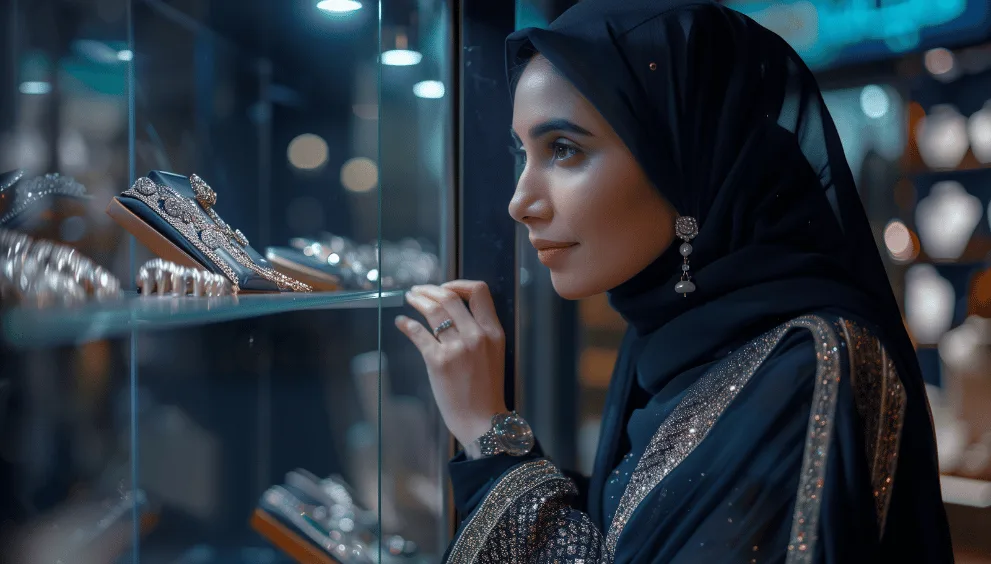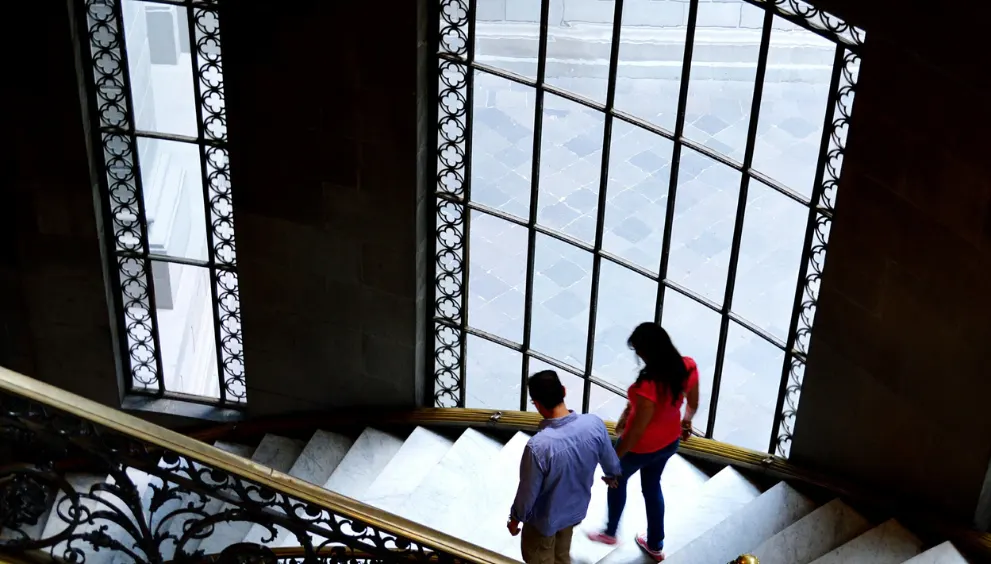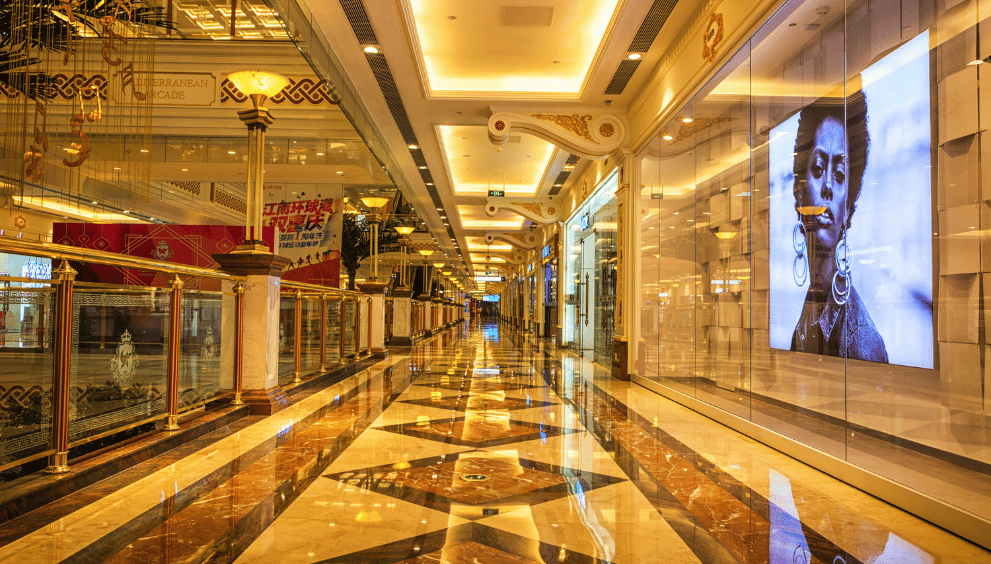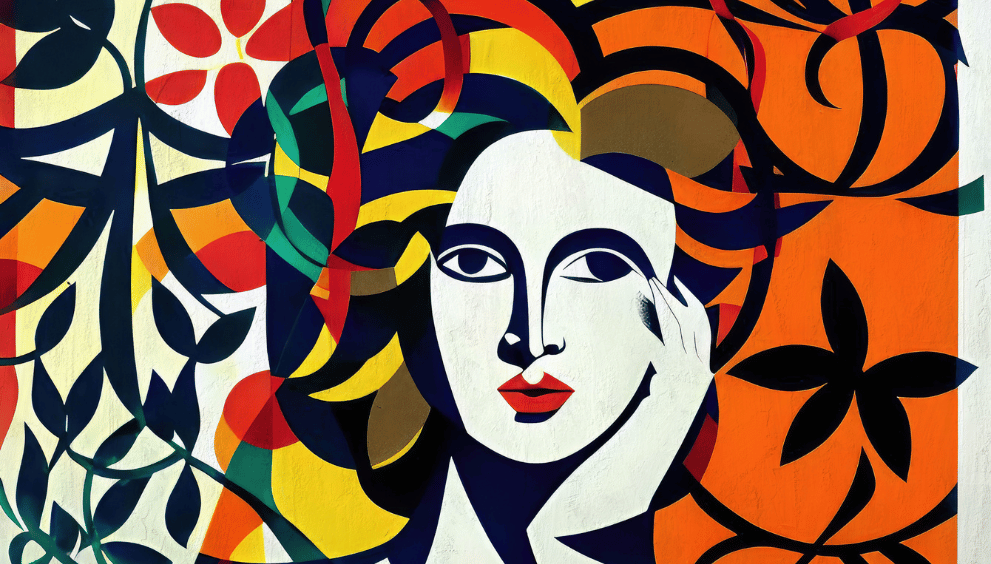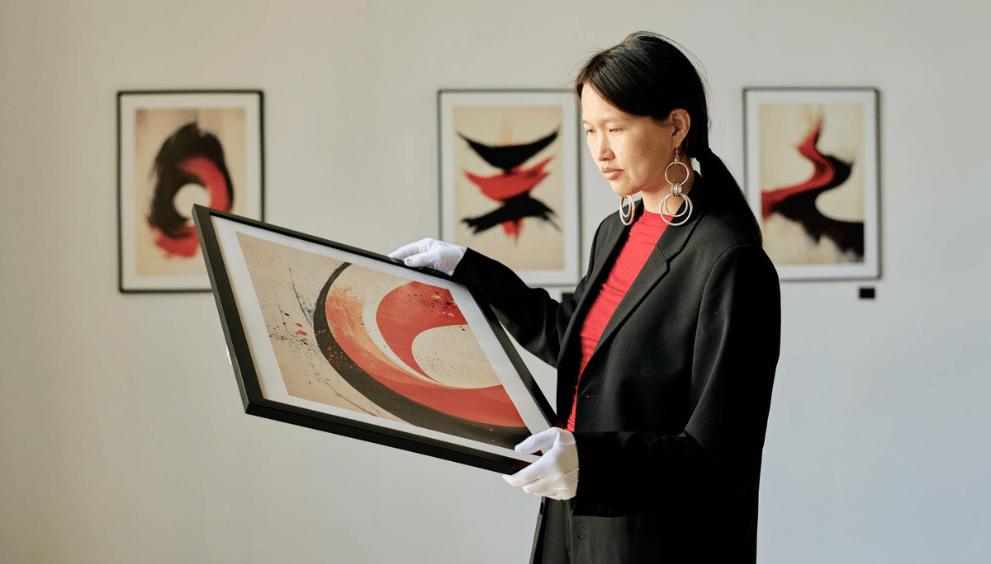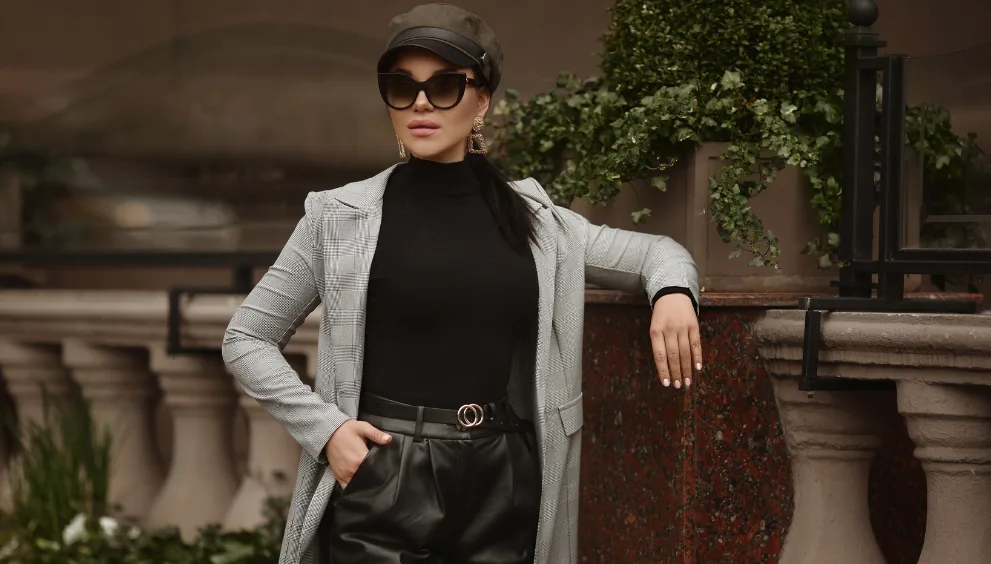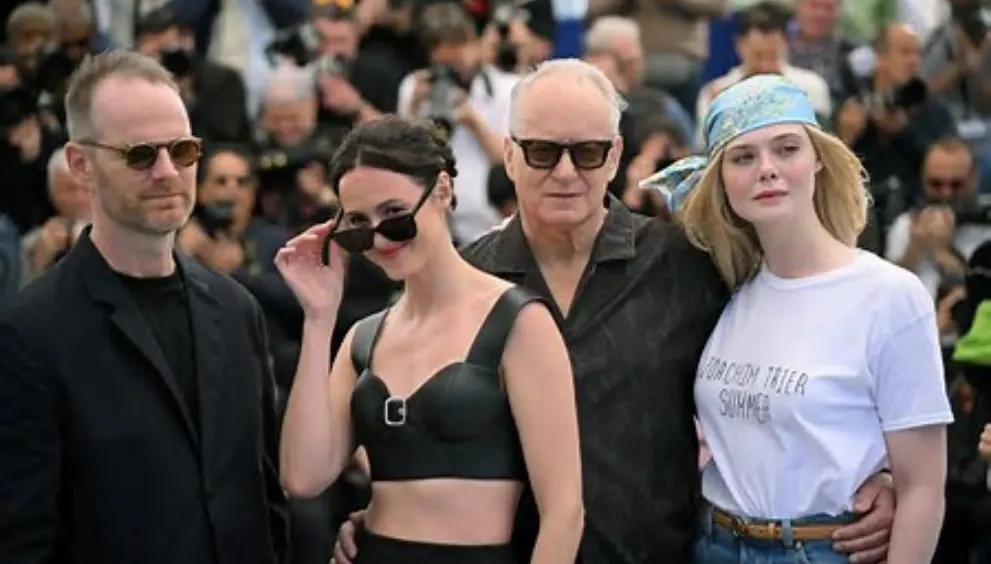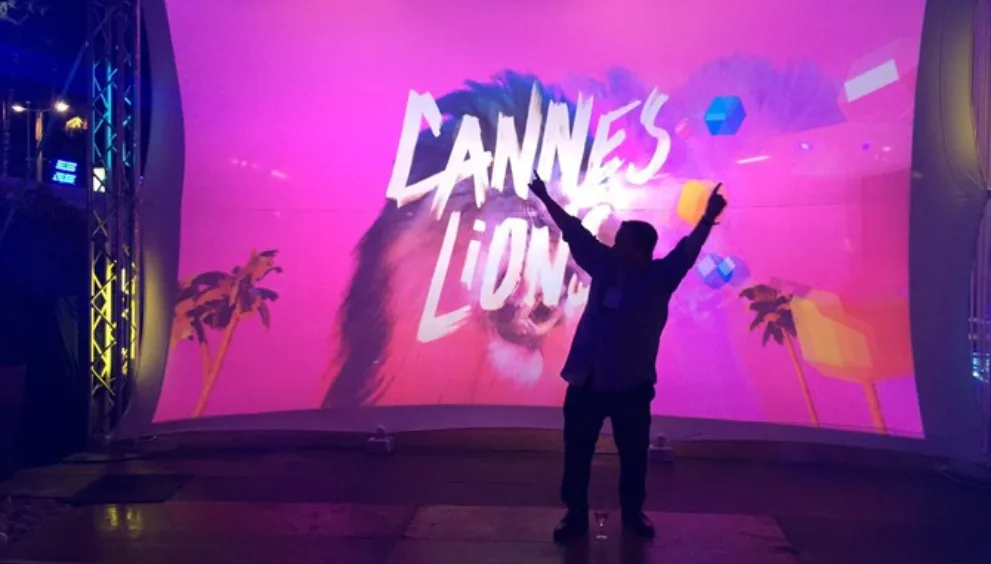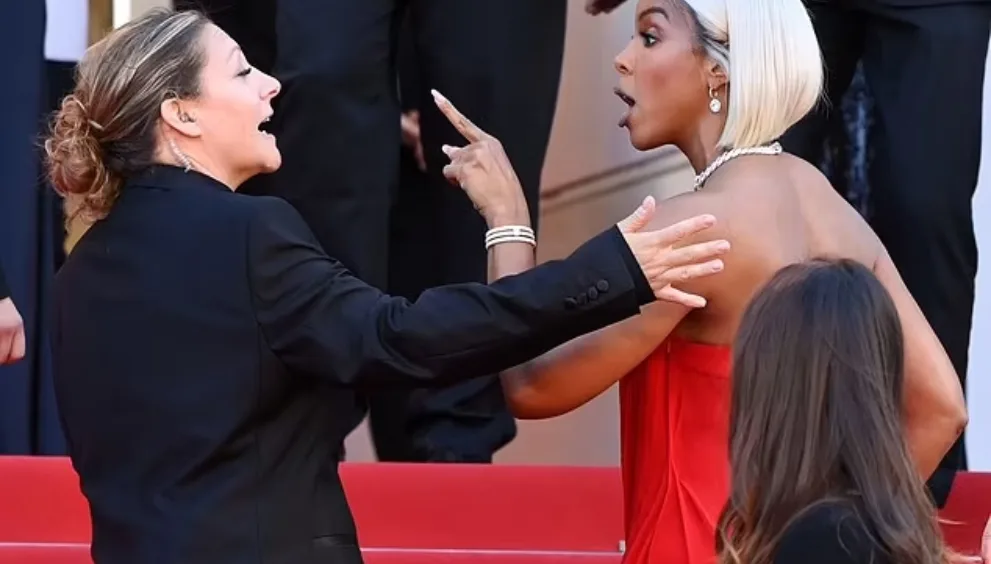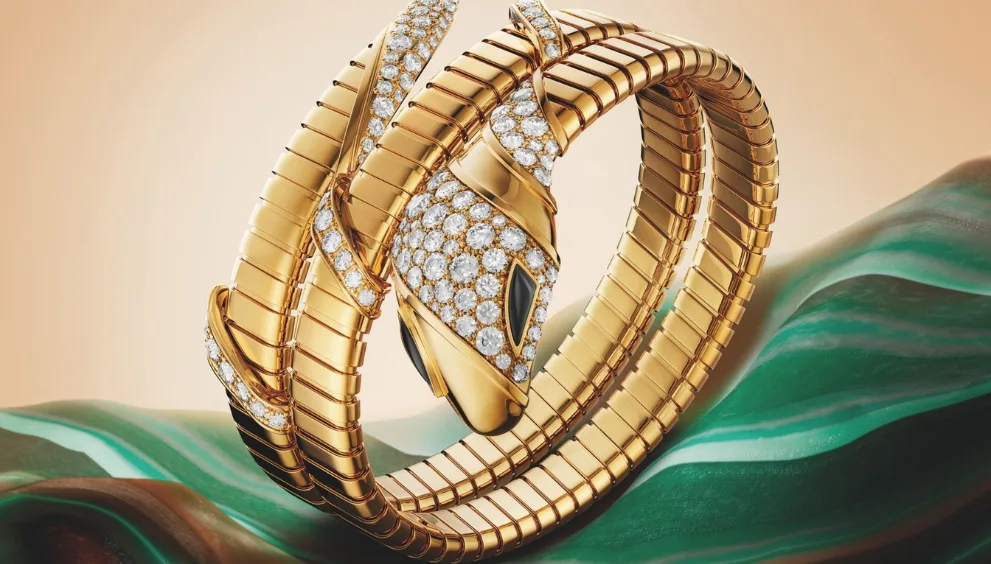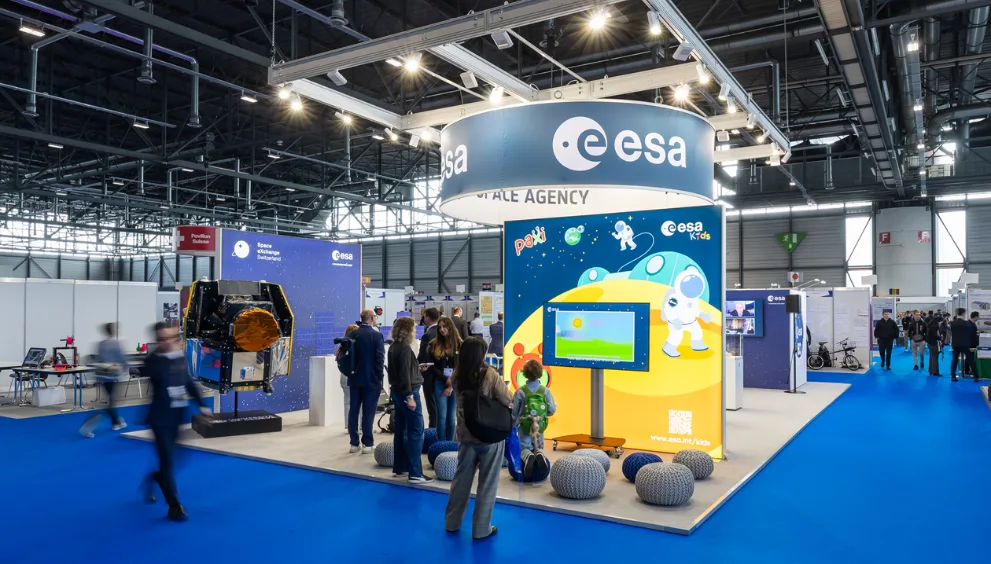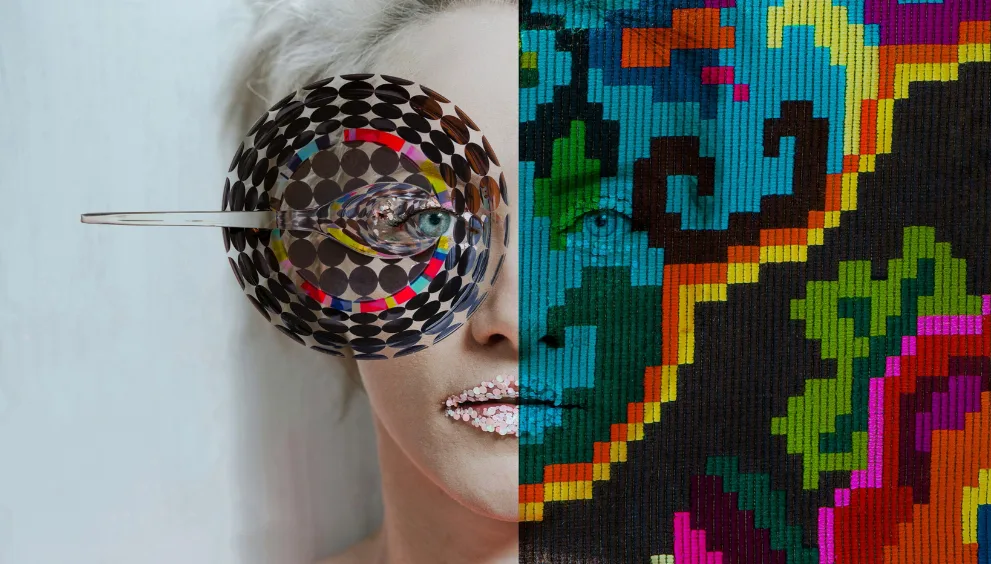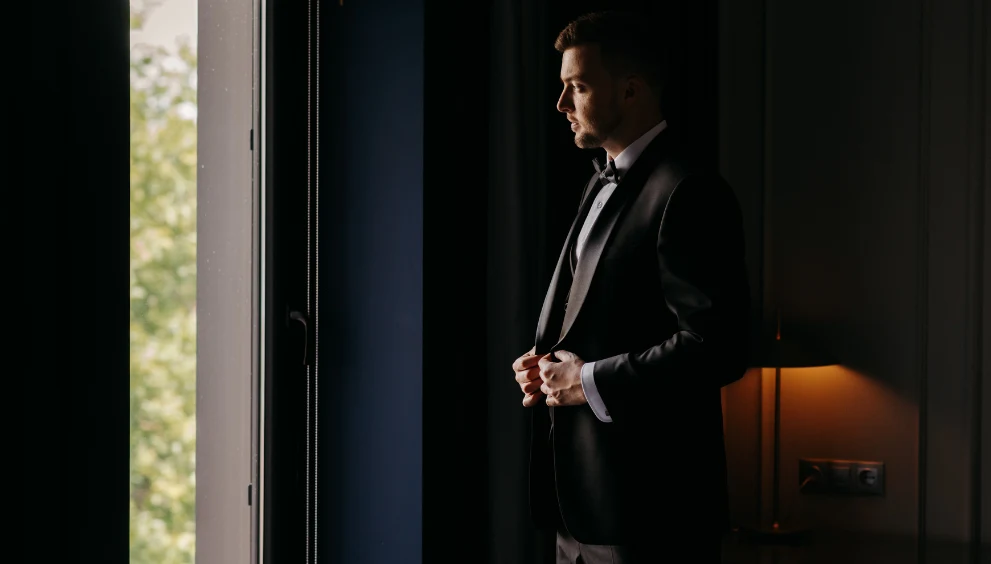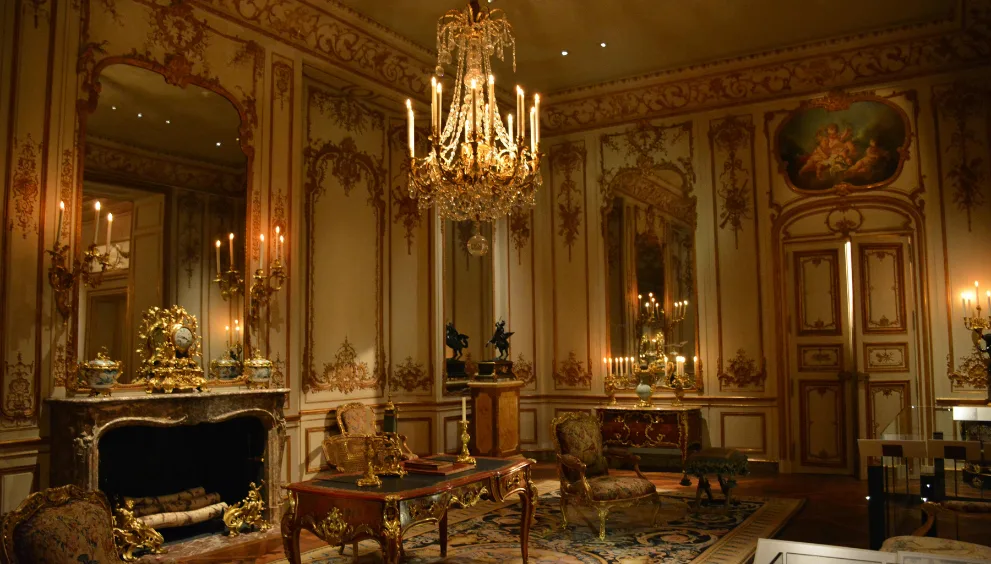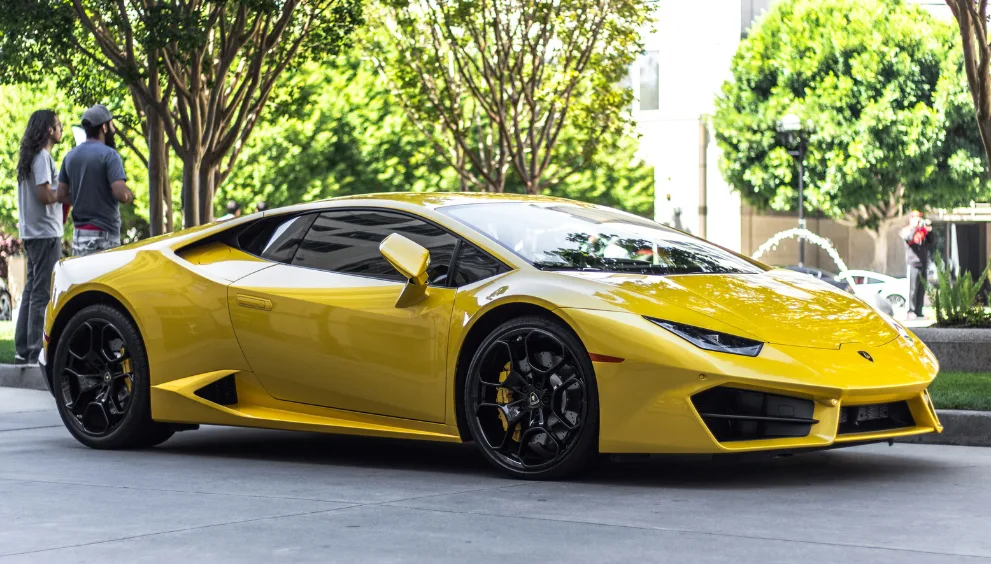From Art to NFTs: ‘The Scream’s’ Digital Rebirth in the Metaverse

The ultra-rich are living in an entirely different world– the digital world. Or, as you may have heard, the “Metaverse.” Selling your artwork and buying fabulous pieces of art has never been easier. Thanks to NFTs, your dream of owning and collecting grand pieces of art history is now a reality!
In this post, we’ll explore how NFTs have given art a digital rebirth, how they’re transforming classic masterpieces into digital assets, and what this means for you, whether you’re an artist, collector, or simply curious about the future. Stick around to uncover something new!
What Are NFTs and the Metaverse?
NFTs or Non-Fungible Tokens are unique digital assets that are secured by blockchain technology (a digital database consisting of information that can be simultaneously used and shared within a large decentralized, publicly accessible network). With traditional JPEGs or video files, ownership tracking becomes difficult once they’re shared. However, an NFT proves you own something rare and original in the digital world.
Another name for this digital world is the Metaverse. It is where this ownership comes to life. In this digital space, everything imaginable as well as unimaginable is possible. People can buy luxury goods, attend exclusive events, build digital homes, and, yes, they can collect iconic art. It is the next evolution of the internet, but more immersive and visually rich.
The Legacy of ‘The Scream’
Norwegian painter Edvard Munch created one of the most recognized and appreciated artworks of all time – The Scream. It is recognized worldwide as a haunting expression of human anxiety. It was painted in 1893 and is held by institutions like the National Gallery of Norway and private collectors. It is a priceless painting.
A version of The Scream was sold for nearly $120 million at Sotheby’s in 2012, making it one of the most expensive artworks ever auctioned.
Rebirth of Art
In this new era, the masterpieces are not limited by physical space. Various digital art platforms like LaCollection.io have collaborated with world-class institutions like the British Museum to mint NFT versions of historic art.
Minting NFTs consists of creating and registering an original digital asset on a blockchain. It transforms a digital file, such as artwork or a song, into a verifiable, one-of-a-kind token that can be owned, bought, sold, and traded.
By transforming artworks into NFTs, it encourages new art forms like digital art, simplifies the process of collecting and trading artworks, and provides them with a new experience through immersive experiences.
Imagining Classic Artwork as NFTs
In the year 2022, a digital interpretation of The Scream was introduced as an NFT through a collaboration between The Munch Museum and Arianee (it is a blockchain-based platform that has also partnered with luxury brands).
The NFT included audio design, motion elements, and collectible metadata (data that provides information about other aspects of the data; basically, data about data). This creates a multi-sensory experience of anxiety, just as Munch intended over a century ago.
Imagine the power of artists if NFT had existed in the 15th to 19th century as well. The worth of artwork by classic artists like Leonardo Da Vinci, Vincent van Gogh, Pablo Piccaso, or Salvador Dali would have touched the sky.
The Evolution of Artists
The way of looking and creating art has evolved drastically. Today’s artists are not just using paints and canvas; they’re coding, animating, and building in 3D. One such inspiring example is Michael Winkelmann, professionally known as Beeple. He is a digital artist and graphic designer who sold an NFT for $69 million at Christie’s in 2022.
Luxury digital art is changing, too. Now, the emerging artists can reach global audiences and earn royalties every time their work is resold, which can be said to be nearly impossible in the traditional art world.
Art is ever changing, especially with technological adaptation. So, it is a call to all the new generation artists and other curious minds to explore the blockchain as a creative medium.
How It Impacts Other Industries
This digital shift is influencing industries beyond fine art –
- Fashion: Luxury fashion Brands like Gucci and Dolce & Gabbana have launched their NFT collections and digital wearables already.
- Real Estate: There are platforms like Decentra land that are selling virtual land for millions.
- Entertainment: Musicians are dropping albums as NFTs and hosting virtual concerts (e.g., Snoop Dogg, Grimes, etc.)
Luxury in the Digital Age: What’s in It for You?
In the NFT space, ownership equals prestige. Think of limited-edition releases, private Discord clubs, and digital galleries matching your taste in art. Like owning a Birkin, having a rare NFT signals taste, access, and cultural fluency.
Whether you’re a curious collector, an investor, or a digital aesthete, this means access, ownership, and expression on your own terms.
Are there any Pros And Cons of NFTs?
Pros:
- A verifiable proof of ownership, ensuring that the original creator is recognized and that the artwork is not duplicated without permission.
- Royalties for artists on resales
- NFT marketplaces provide a platform for artists to sell their work and reach a global audience
Cons:
- Energy-intensive (though this is improving with Ethereum’s switch to proof-of-stake)
- Legal and copyright ambiguities.
- Lack of regulation and buyer protection.
Examples of NFT Marketplaces To Explore Today
For those ready to explore, here are a few well-curated NFT platforms:
- SuperRare: It focuses on high-end digital art
- Nifty Gateway: Known for celebrity drops and limited-edition collections
- Foundation: Artist-forward and elegant in design
- OpenSea: The broadest and most accessible, with both fine and pop digital art
- LaCollection: For museum-backed NFTs (British Museum, Vienna’s Albertina)
The Scream’s digital rebirth shows us something profound — that emotion, creativity, and legacy don’t have to be static. Whether you’re an art lover, a luxury collector, or someone simply curious about what’s next, NFTs offer a new kind of cultural currency. One where pixels can carry prestige and meaning.
- Exclusive Art Collectors




